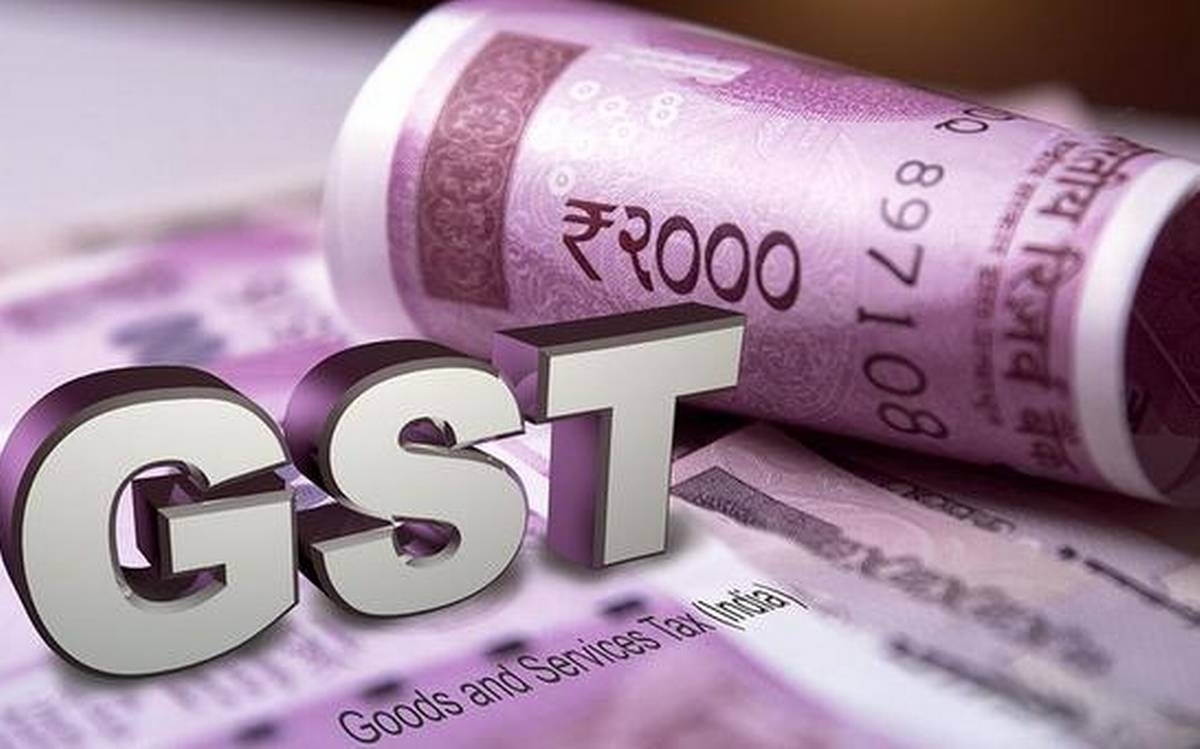Established in 1988
The Goods and Services Tax (GST) is an indirect tax levied on the supply of goods and services. The Goods and Service Tax Act was passed in the Parliament on 29th March 2017 and the GST tax came into effect on 1st July 2017. GST brings uniformity in taxation and has replaced many indirect taxes in India.
Under the GST regime, the tax is levied at every point of sale. In the case of intra-state sales, Central GST and State GST are charged. Inter-state sales are chargeable to Integrated GST.
Advantages of GST
GST has mainly removed the Cascading effect on the sale of goods and services. Removal of cascading effect has impacted the cost of goods. Since the GST regime eliminates the tax on tax, the cost of goods decreases.
GST is also mainly technologically driven. All activities like registration, return filing, application for refund and response to notice needs to be done online on the GST Portal; this accelerates the processes.

What are the components of GST?
There are 3 taxes applicable under this system: CGST, SGST & IGST.